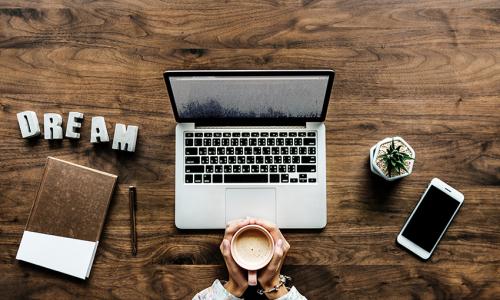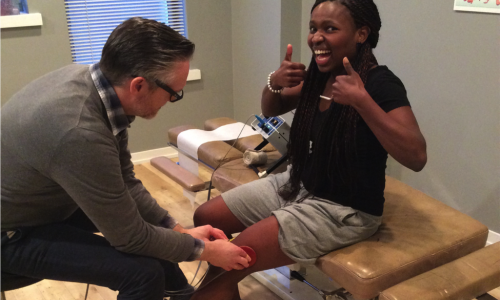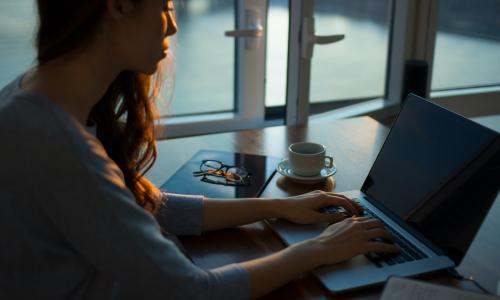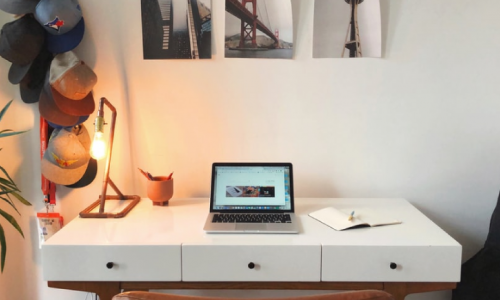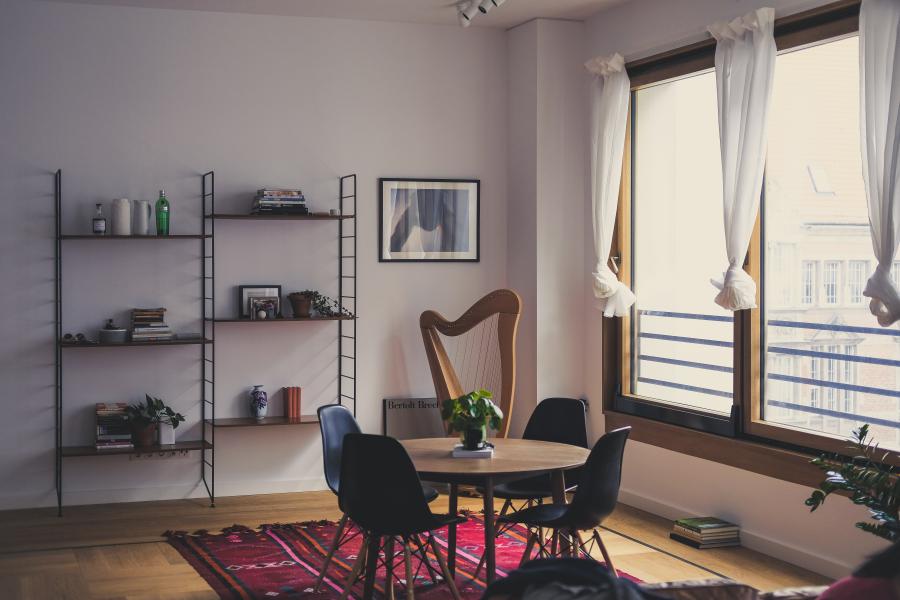
Three months into my co-op work term with LandSure Systems in Downtown Vancouver, my company made the switch to working remotely in response to the COVID-19 pandemic. This post outlines three tips to help you “survive” when your living space is also your workplace.
Tip #1: Don’t Start Working as Soon as You Get Up
In my experience, the closer I live to where my classes, jobs, or appointments are, the more likely it is that I will end up running late. With my workplace suddenly in my home, this was doubly true. While I still took the time to do my morning routine, make my bed, and dress for the day, I would often skip breakfast to begin working at the computer by 8:30 AM.
This was not a good way to start the day as I did not allow myself time to mentally prepare for work. The time spent commuting to work transitions you, physically and mentally, from “home” to “work.” By starting work within 45 minutes of waking up, I did not give myself time to transition into a working headspace, which leads to me feeling like my personal and work time was blurring together.
Taking time to eat breakfast and sit quietly with a book for a few minutes in the morning helped improve my state of mind and mood before starting work for the day.
Tip #2: Have Moving Breaks Throughout the Day
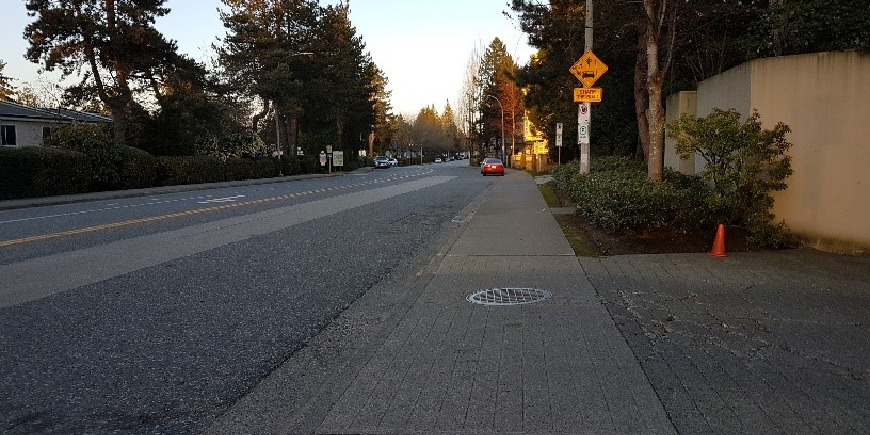
Three weeks into working from home and after over 100 hours of sitting at my desk, my back, neck, and wrists were not thanking me. My desk already had fairly decent ergonomics, so paying attention to simple things like my posture and how I was sitting in my chair, as well as doing wrist exercises, helped a bit.
During this time, I also realized that I was getting up from my desk significantly less often compared to when I was working in the office. Since I couldn’t walk to people’s desks to talk to them in person or go back and forth from the printer, my main source of movement throughout the workday was gone.
To counter this and to increase my physical activity for the day, I took “moving breaks” by doing a few stretches or 10-minute yoga sessions whenever my back was feeling uncomfortable.
Yoga with Adriene is a YouTube channel that offers a variety of free yoga videos that are easy to follow along with. I enjoyed her videos focusing on the upper back, lower back, and ones that simply allowed me to stand up and stretch a bit. I followed a couple of videos from SarahBethYoga when I wanted to be mindful of my sore wrists. A bit later on during my work term, I started to do more intense exercise during my lunch break, such as going on my exercise bike and following home workout videos on YouTube.
Tip #3: Create an End-of-Workday Routine
I live in a busy household, so my bedroom is both my place to be productive and my place to relax. It was not ideal to have my workplace in my bedroom, and for a while, I had difficulty getting out of a work mindset when the workday was done but I was still in the same place (my bedroom).
I found that tidying away everything I used for work and moving my personal laptop back to the center of my desk every day—regardless of whether I was going to use it or not—helped to transition from work to personal time in my mind. Small, simple things like washing my face, refilling my water, and putting my hair up helped to put me in a different state of mind more than simply lying on my bed as soon as I logged off did. Having small habits that I did at the end of the workday, like tidying up and then leaving the room to eat dinner, helped me have a different perspective when I came back to the room.
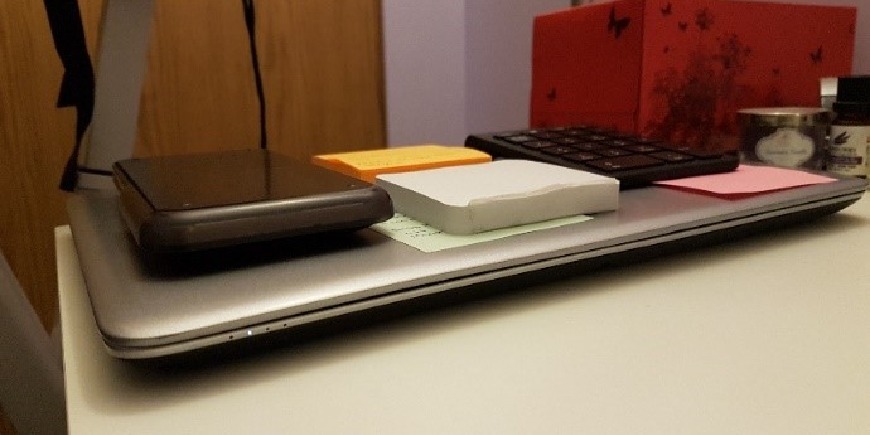
Taking time to do things I enjoyed, like reading or playing an instrument, also helped give me a break before studying for classes. Starting to study straight after work lead to me feeling burnt out, so making sure that I did other things during what used to be my commute time helped me unwind from work and get rejuvenated for the next thing.










